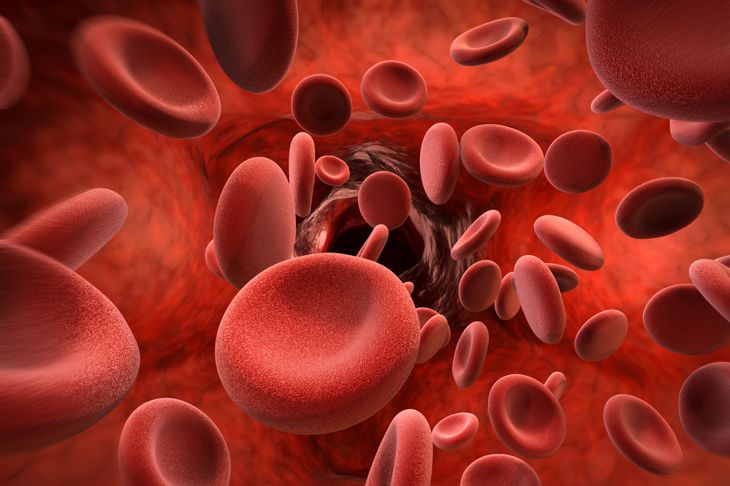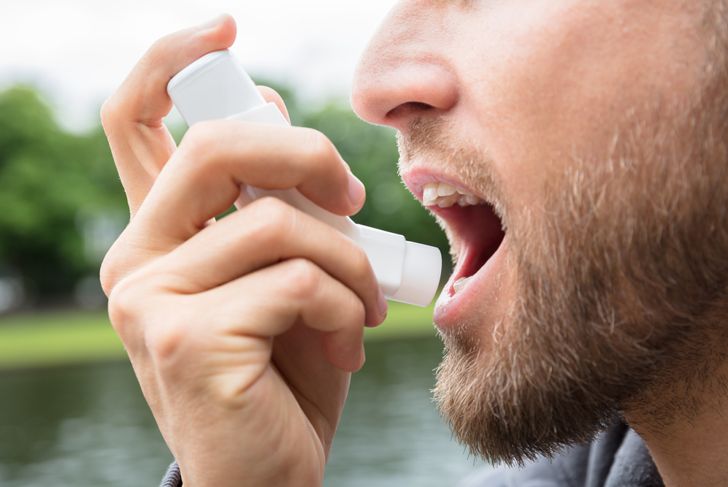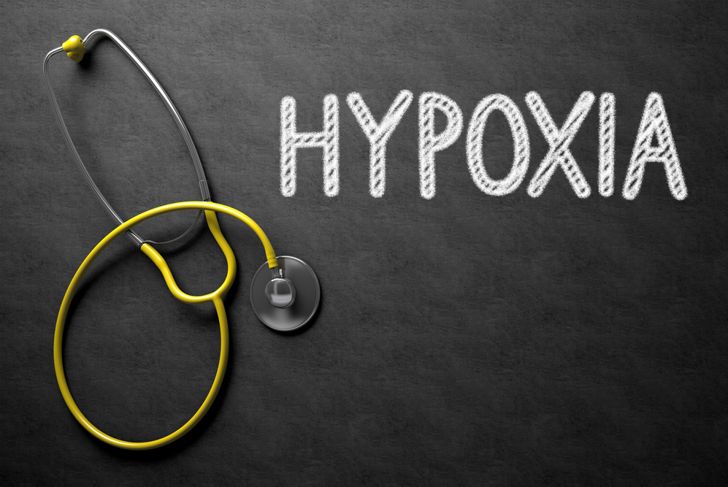You need oxygen to survive. Hypoxemia is a dangerous condition that occurs when your blood is lacking the oxygen it needs. Damage to your organs can occur within minutes if your body is not getting enough oxygen. Keep reading to learn more, including symptoms and causes of this condition. Then, if you ever face this life-threatening condition, you can recognize it and seek treatment right away. Remember, call 911 if you ever have trouble breathing.
Hypoxemia Symptoms
Symptoms of hypoxemia can differ for each person; however, some common signs include rapid heart rate, coughing, sweating, fast breathing, changes in skin color (such as blue or red), and mental confusion. If you have more than one of these symptoms, consider seeking medical attention right away.
What is Hypoxemia?
Hypoxemia occurs when your arterial bloodstream receives reduced quantities of oxygen. Hemoglobin blends red blood cells with protein and oxygen throughout your tissues and organs. Since the condition occurs when you have an oxygen deficiency in your blood, you might develop issues in various tissues and organs. Hypoxemia is dangerous and can even be fatal, with the most severe cases leading to cerebral hypoxia, which can, in turn, lead to brain damage or death.
Conditions Associated with Hypoxemia
Hypoxemia can occur for many reasons, all of which result in lack of essential oxygen. Causes of low oxygen include lung obstructions or damage, blood shunting, hyperventilating, mouth breathing, shallow chest breathing, and weak muscles. If you experience any of these health conditions, consult your doctor.
Associated Medical Illnesses
The following existing medical issue can lead to hypoxemia. Some medical illnesses cause lack of airflow including: ● Strokes ● Epilepsy ● Respiratory problems Cystic Fibrosis ● Diabetes ● C.O.P.D. ● Bronchitis ● Emphysema ● Sleep apnea ● SIDS ● Kyphosis ● ScoliosisThe chances of getting hypoxemia are higher if you have any of those health issues.
Blood Shunting
Shunting is when the blood avoids pulmonary circulation; thus, it does not receive oxygen from the alveolar. Typically, a shunt is within the lungs or heart, and oxygen alone cannot fix the problem. Anatomic shunting occurs during bronchial circulation, which gets blood to the tissues of the lung. Shunting travels by the smallest cardiac veins, which empty directly into the left ventricle of the heart. Comparatively, physiological shunting occurs due to gravity. The highest concentration of blood in pulmonary circulation is in the base of the pulmonary tree, compared to the highest pressure of gas in the apexes of the lungs; shallow breathing can fail to oxygenate the alveolar. Shunting can also occur during disease states.
Treatment For Hypoxemia
It is essential you get to a hospital if you are experiencing hypoxemia. Medical providers can monitor your oxygen levels and do what is necessary to return them to normal. Most of the time, an oxygen mask will help. Nonetheless, it is imperative to get your body’s oxygen level where it needs to be as soon as possible after you begin experiencing symptoms.
Breathing Devices Besides Oxygen Masks
If the oxygen mask fails to do the job, some other medical devices may help the issue. Asthma inhalers and medications can assist in repair. A doctor may have to insert an IV to medicate you. Steroids may help with the inflammation in your lungs. In the event these options do not improve your situation, you may need to be hooked up to a machine that will breathe for you until you get the oxygen you need.
Preventing Hypoxemia
If you have a routine breathing treatment, whether it is an inhaler, medication, or a breathing machine, be sure to follow that routine as prescribed. Other ways to prevent hypoxemia include eating right, keeping active, avoiding known triggers, using a rescue inhaler, and taking medication.
Understanding Hypoxemia
The key to knowing whether the lung is involved in hypoxemia is the difference between the arterial and alveolar oxygen levels. This distinction is often called the A-a gradient and is usually small. The oxygen contained in the alveolar air can be determined because it will be directly proportional to its fractional construction in the air. The arterial oxygen partial pressure is measured using a blood gas determination. Since the airways dilute and humidify the inhaled air, the vapor pressure of water reduces the barometric pressure of the air.
Hypoxemia or Hypoxia
Hypoxemia is an episode where arterial oxygen tension or partial pressure of oxygen is lower than average. This can lead to hypoxia. Hypoxia is the alleviation of the oxygen source at the tissue, so it is not measurable with a laboratory value. In the case of both hypoxemia and hypoxia, there is not enough oxygen for standard life functions.

 Home
Home Health
Health Diet & Nutrition
Diet & Nutrition Living Well
Living Well More
More




















